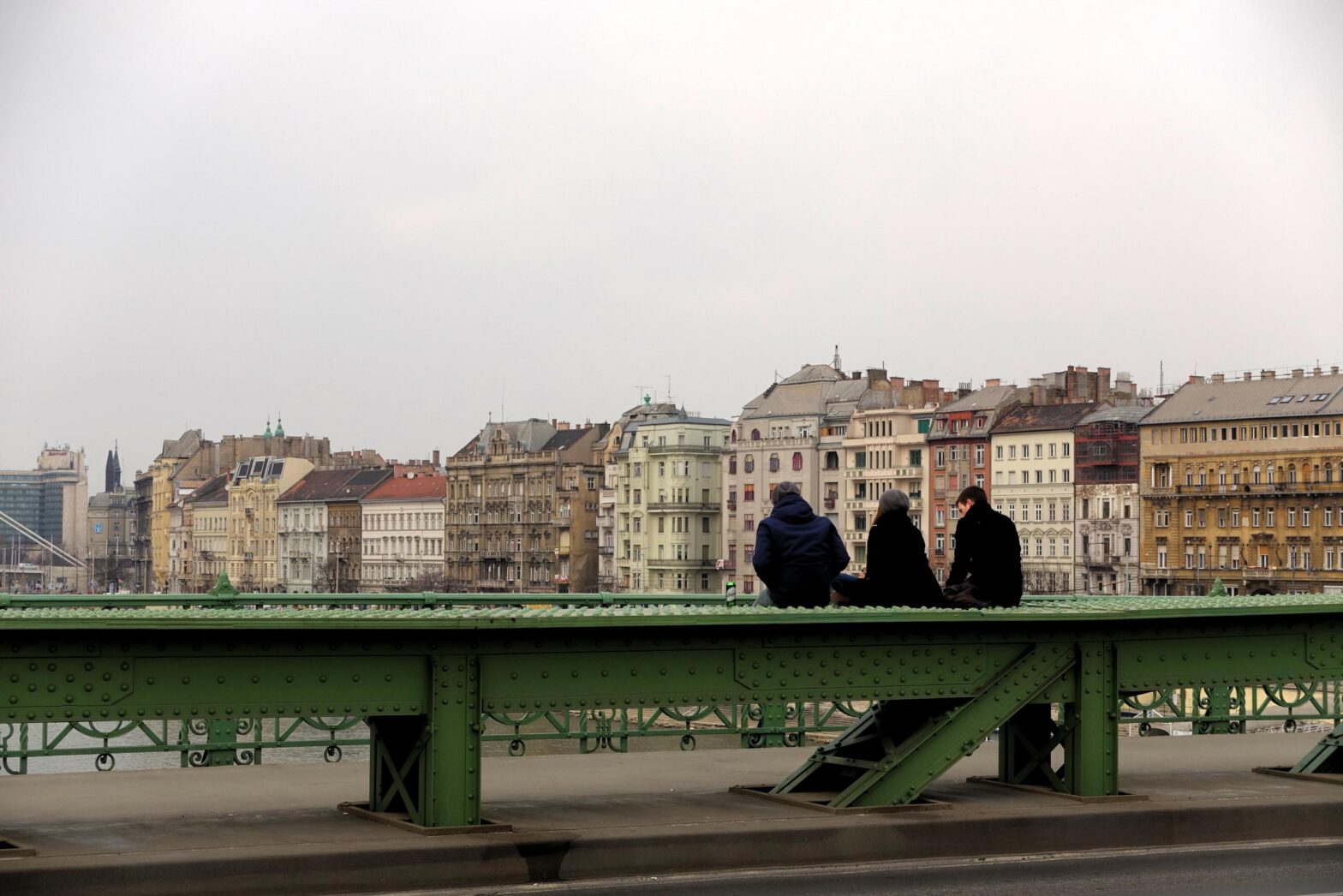When I hit them up for blog post ideas, my friends say that I should write posts about how I decide what to do next. I’m not sure if it’s because they think I make good decisions when faced with the question, or because my choices are so bizarre that they require explanation.
I don’t feel like my decision-making process is so unusual that it necessitates a post, but sometimes it’s the things most obvious to us that are most interesting to others. My friend Leo is a dad every day of his life, but I find each parenting decision he has to make fascinating.
What to do next is a question that has to be answered constantly, both in the short term and the long term. What big project should I tackle next? What should I work on this week? What should I make for breakfast?
To further complicate things, each question has nearly unlimited possible choices. Should I do another startup? Become an artist? Join the circus? These tend to be my favorite decisions to make, though– those that combine imperfect information with possibility trees that can’t fully be analyzed.
I like these sorts of decisions because they’re best made by filtering through sets of principles, and working on one’s principles provides a lot of leverage. One decision– lots of cascading changes.
The first principle I use to decide what to do next is to think far forward in the future. What will I wish I had done if I choose something else? That one screen eliminates most options right off the bat. It also helps me to become more objective and less prone to impulse.
Of the narrowed down choices, I think about which I’m best equipped to do. For short term decisions that might be a question of how much time I have available, my current mood, and tools available to me. Long term decisions will depend more on my cultivated skills, circle of influence, and resources available.
Then I think about which one I’m most excited about. This seems trivial, but anything worth doing is going to require focus and perseverance, and having a genuine excitement about it makes that easier.
The first step gets rid of things I shouldn’t do, the second identifies things I can do, and then the third selects for those things I want to do. When all three things are aligned, that’s when I know I’m doing the right thing. Maybe not the best thing, but close enough.
The reason I don’t search for the best thing to do is because I believe that it’s far more important that I do something, hopefully something good. Time is the enemy of good decision-making, so I try to make the best quick decision I can make.
And maybe most important of all is having a system to make these sorts of decisions. That’s how you achieve consistency and constant slow progress forward. Sure you’ll make sidesteps and missteps, but your principles will manifest themselves through action, and you’ll slowly move towards your ever-evolving goal.
###
Photo is from a bridge in Budapest. Budapest is an awesome place, by the way. There’s so much to do (baths, a great tea house, see beautiful things, museums, etc), the people are very warm and welcoming, and it’s pretty inexpensive. I’ll definitely be back.
Thanks to Leo for suggesting this post over tea yesterday, and to Mate Gulyas for setting up a really nice reader meetup here.
I’ll be in Amsterdam tomorrow, and then Tokyo for a while after that. If anyone wants to set up a meetup in either (probably Tokyo), I’d be down.

Leave a Reply